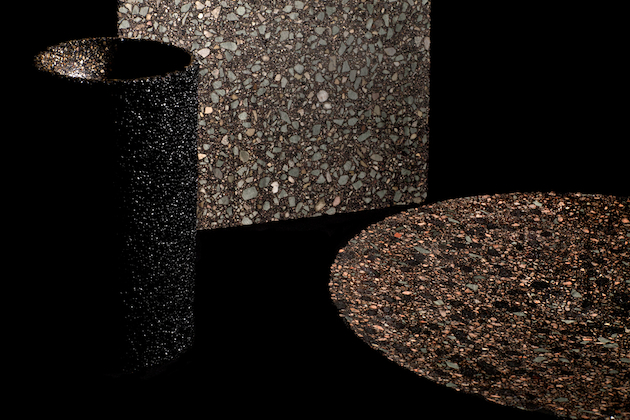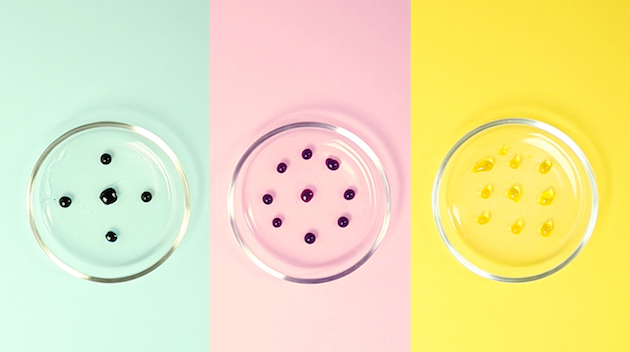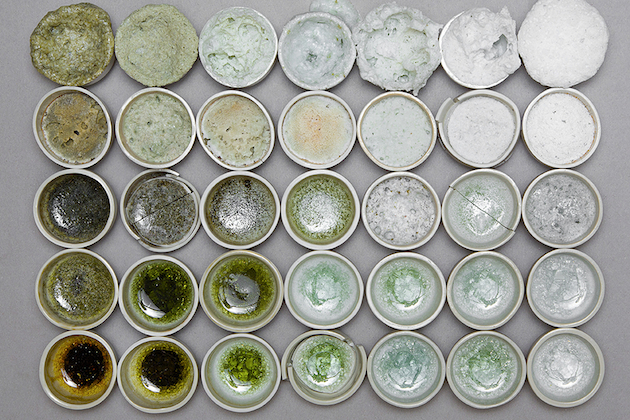
If every design era has its own chair, it shares at the same time its own elective material. Curved wood, tubular steel, plastics, have all represented the symbol of a transformation that first touched the world of industry and then affected the aesthetics and habits of the great majority of society. But what about our uncertain time? Is there a privileged material that best embodies the spirit of our age? The DOEN Foundation and the Materiaalfonds are two Dutch institutions that have, since 2009, been promoting an annual contest – New Material Award – seeking to scout the research of designers, artists and architects who are involved in the applicative studies in the domain of new material. The type of work they try to support has not necessarily been developed in a big R&D corporation department, but favours an “out of the box” research that has its focus in the intersect of geopolitical, anthropological, and scientific issues. The 2014 nominees are a faithful indicator of our “liquid” time: there’s no univocal trend that is able to speak for all, to summarize a specific aesthetics (just in case: DIY?), or to physically transform a domestic landscape. Nevertheless, a few emerging patterns are very representative of the ideas that shape our plural and atomized society.

Sustainable projects win it all. Atelier NL choses to use local, non-pure types of sand to produce new typologies of glass which are characterized by new, attractive colours and textures. Young designer Aagje Hoekstra explores they way we can reuse the cases of mealworm beetle, normally grown for the food industry, to produce a new type of bio-plastics. Tjeera Veenhoven gives a new purpose to residual tulip heads: his new compostable PLA film embodies the petals, extending their life-cycle with an unpredicted decorative function. At the same time, 3d printing remains one of the undisputed protagonists. With his “Mycelioum” project, Eric Klarenbeek has printed a chair melting vegetable waste with mycelium, which works as a living glue; the product is not finalized when it gets out of the 3D printer, but when the fungus fully grows in the designer’s laboratory. Then, DUS Architects use a portable 3D printer to build a canal house, a representative case study to deepen the sustainable applications of 3D printing to the world of self-made architecture. However, the biggest potential can be seen in the most unusual and un-politically correct proposal. “Black Gold” collection by Quintus Kropholler choses asphalt as the inedited material to realize geometrical items. Its value is above all aesthetic and questions the perceptive expectations we usually associate with this “blacklisted”, petroleum-derivative material.


